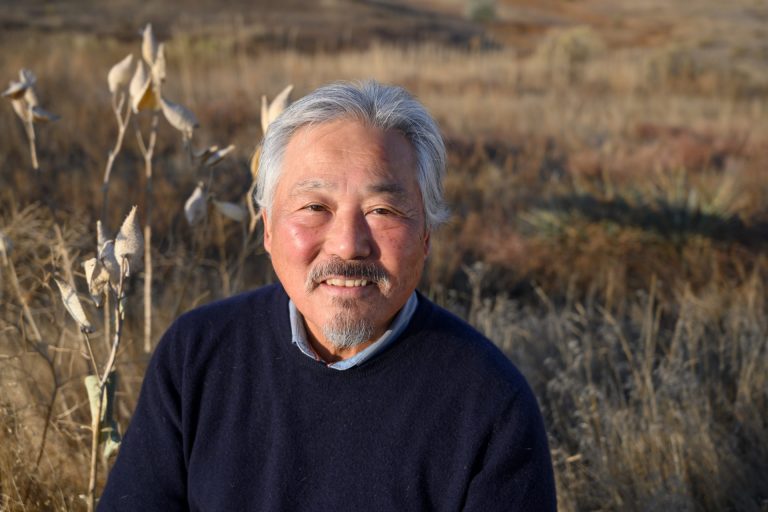
Dennis Ojima, the ‘ultimate professional,’ takes leadership role with Ecological Society of America
This month Colorado State University’s Dennis Ojima became president of the governing board of the Ecological Society of America.

This month Colorado State University’s Dennis Ojima became president of the governing board of the Ecological Society of America.

A research team from the Institute of Applied Ecology of the Chinese Academy of Sciences found that found that two grassland sites in Inner Mongolia differed markedly in their aboveground net primary production responses to soil moisture, with greater sensitivity at the more arid site.

Logged forests near regional and rural towns and settlements are at increased risk of increased fire severity, new research from The Australian National University shows.

Researchers at the University of Bonn and the University of South-Eastern Norway find that potential consequences of climate change are extremely dependent on the specific location of the plants, and that deciduous species in particular will benefit from warming.

A new study published in Ecosphere shows how narwhals can be detected via infrared flukeprints from aerial survey imagery.

Scientists from the University of Hong Kong, along with colleagues in the UK and the USA, found that forest regeneration is critical to mitigating the increasing effects of extreme hot events for species survival.

A new study shows that coastal marshes are vulnerable to erosion caused by rising seas, pounding waves, and tidal flows, and that in some cases, these vulnerabilities are made worse by superabundant crabs on tidal creeks.
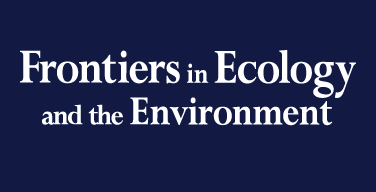
Results of a new study by ecologists at the University of Massachusetts Amherst show that 1,330 nurseries, garden centers and online retailers are still offering hundreds of invasive plant species as ornamental garden plants. This includes 20 species that are illegal to grow or sell nationwide.

For perhaps the first time ever, researchers have mapped out the true extent of habitat loss for salmon in the Lower Fraser River, one of the most important spawning and rearing grounds for Pacific salmon in British Columbia.

New research led by UC Santa Barbara and the University of Washington looking at the longer-term future of wildfires under scenarios of increased temperature and drought, using a model that focuses on the eastern California forests of the Sierra Nevada, finds that there will be an initial roughly decade-long burst of wildfire activity, followed by recurring fires of decreasing area.

Losses of important eelgrass meadows in western Sweden since the 1980s have led to considerable bottom erosion and the release of carbon and nitrogen; says a new paper published in Ecosphere.

A team of researchers headquartered at the University of Massachusetts Amherst has recently discovered that fear plays an important, unrecognized role in the underdevelopment, and increased vulnerability, of backyard songbirds.

by Jeff Mulhollem, Penn State University August 2, 2021 UNIVERSITY PARK, Pa. — The application of manure after the growth and demise of legume cover crops in rotations is a recipe to increase nitrous oxide releases during ensuing corn growth, according to a team of Penn State researchers who conducted a new study. They suggest that innovative management strategies are…
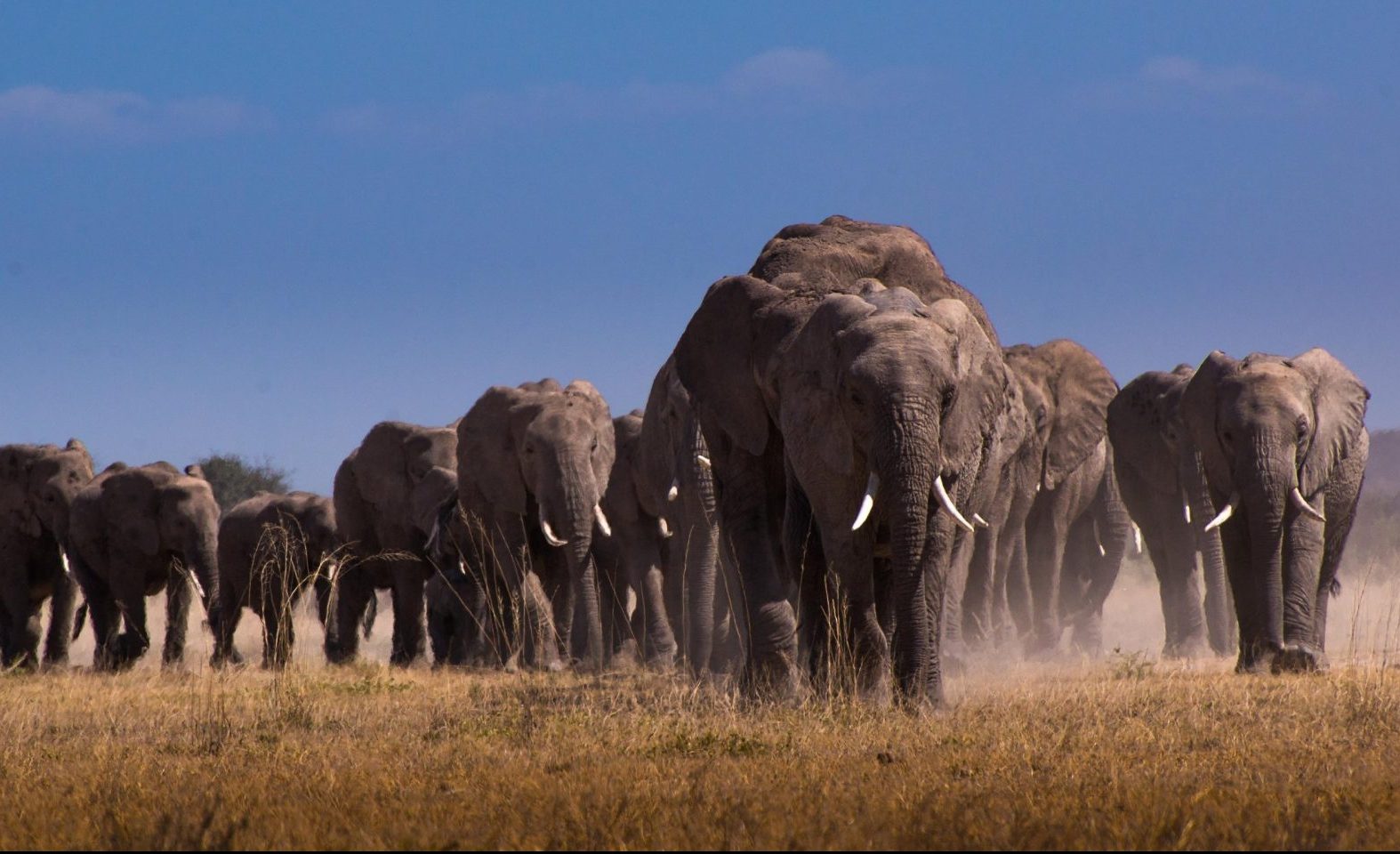
(August 16, 2021) – A new study links high land prices near Kenya’s Maasai Mara National Reserve to the area’s wildlife conservation efforts.

(August 2, 2021) A team of scientists have produced a synthesis of the scientific literature that lays out the established science on climate change, wildfire and forest management for seasonally dry forests. The three-paper feature gives land managers and others across the West access to a unified resource that summarizes the best-available science on how to manage their landscapes.

(July 28, 2021) – Presentations at the 106th Annual Meeting of the Ecological Society of America featuring research on the ecology of agricultural systems and the environmental changes that affect food security worldwide.

(July 28, 2021) – Presentations at the 106th Annual Meeting of the Ecological Society of America featuring research on human drivers of pollution in natural systems and how these pollutants affect ecosystems, wildlife and human health.
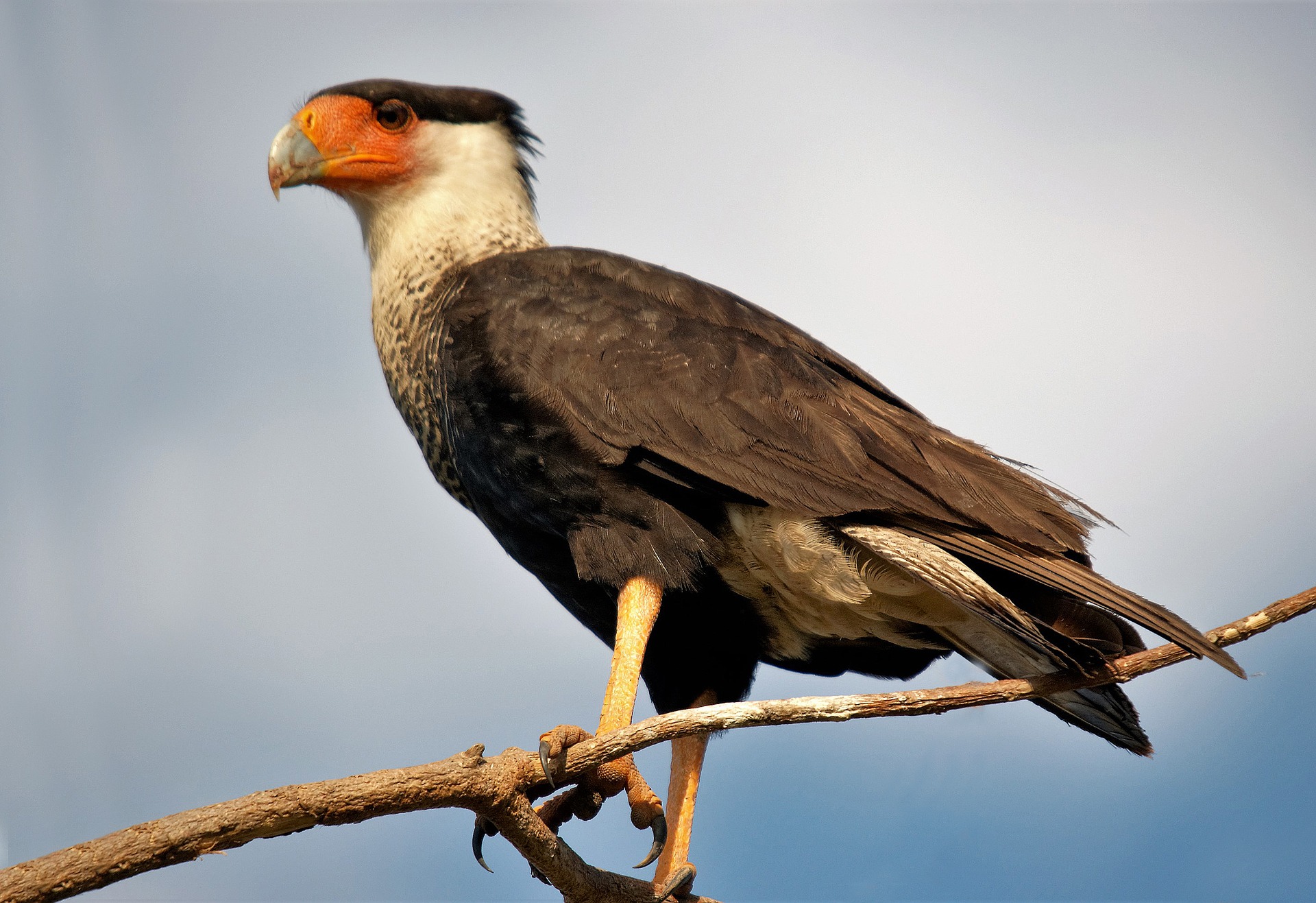
(July 28, 2021) – Presentations at the 106th Annual Meeting of the Ecological Society of America featuring research on indigenous and other traditional sources of knowledge about natural resources.
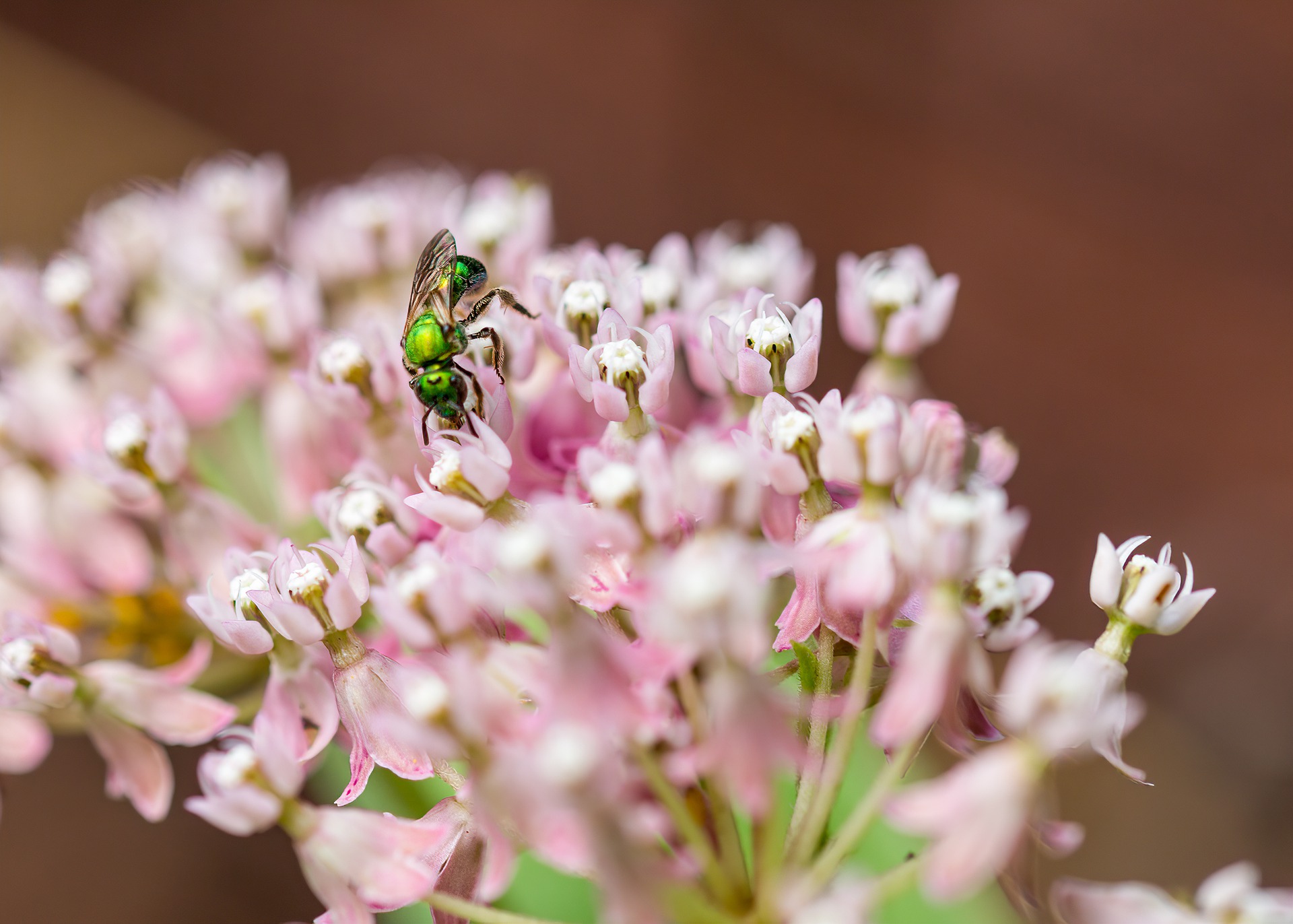
(July 28, 2021) – Presentations at the 106th Annual Meeting of the Ecological Society of America featuring research on the role of pollinator species in ecosystem health and human livelihoods, and how best to conserve pollinator populations in a changing world.

(July 28, 2021) – Presentations at the 106th Annual Meeting of the Ecological Society of America featuring research on efforts to improve the resiliency of ecosystems, human communities and infrastructure to the effects of climate change.